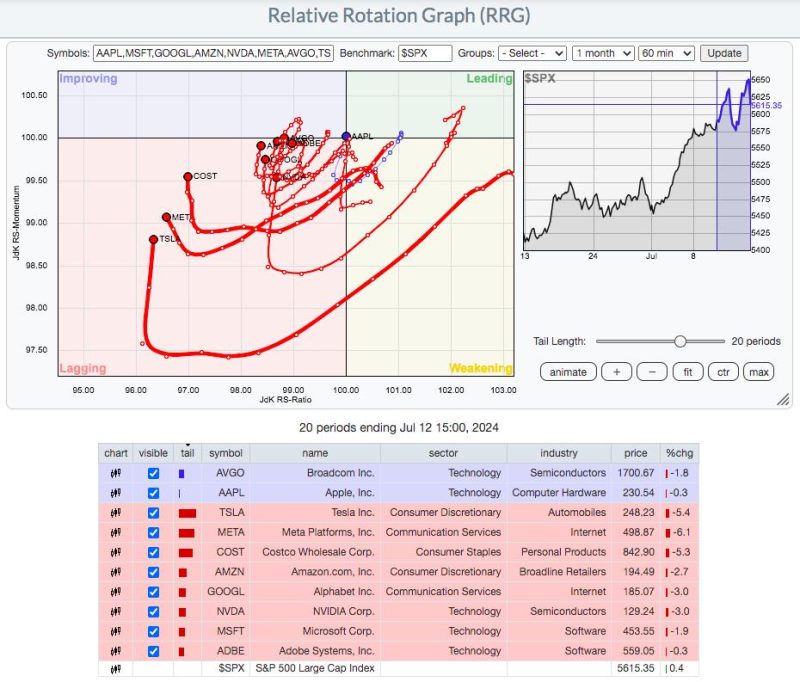In a recent report by GodzillaNewz, it was revealed that the S&P 500 has reached new record highs primarily attributed to value stocks rather than growth stocks. This trend reflects a significant shift in market sentiment towards more traditional, stable companies that have demonstrated strong fundamentals and value potential. As investors seek to navigate the uncertain economic landscape, the appeal of value stocks has risen due to their intrinsic worth and solid financial performance.
Historically, growth stocks have been popular among investors seeking high returns in a booming market. These stocks are usually associated with fast-growing companies that reinvest their earnings into expansion and innovation. While growth stocks can offer substantial upside potential, they also come with higher risk levels, particularly during times of market volatility. The recent resurgence of value stocks signals a move towards stability and a focus on companies with proven track records and steady growth.
Value stocks are typically undervalued by the market, trading at prices lower than their intrinsic value. These stocks are often found in well-established industries such as utilities, consumer staples, and healthcare, which are known for their resilience in times of economic uncertainty. Value investing relies on a long-term perspective, seeking solid companies with durable business models that can weather market fluctuations and deliver consistent returns over time.
One of the key factors driving the current shift towards value stocks is the changing economic environment. With concerns about inflation, rising interest rates, and global supply chain disruptions, investors are turning to value stocks as a defensive strategy to protect their portfolios. Value stocks are seen as a safer investment option during periods of market turbulence, providing stability and potential for steady returns while growth stocks may be more susceptible to market corrections.
Another factor contributing to the rise of value stocks is the reevaluation of technology and high-growth companies. While these sectors have been the darlings of the market in recent years, there is growing skepticism about their valuations and growth prospects. As regulatory scrutiny increases and competition intensifies, investors are looking for alternatives that offer more predictable returns and lower volatility.
In conclusion, the current surge in the S&P 500 driven by value stocks underscores the importance of a balanced and diversified investment strategy. While growth stocks can provide opportunities for high returns, value stocks offer stability and resilience in uncertain times. By incorporating a mix of both growth and value stocks in their portfolios, investors can position themselves to navigate the complexities of the market and achieve long-term financial success.

